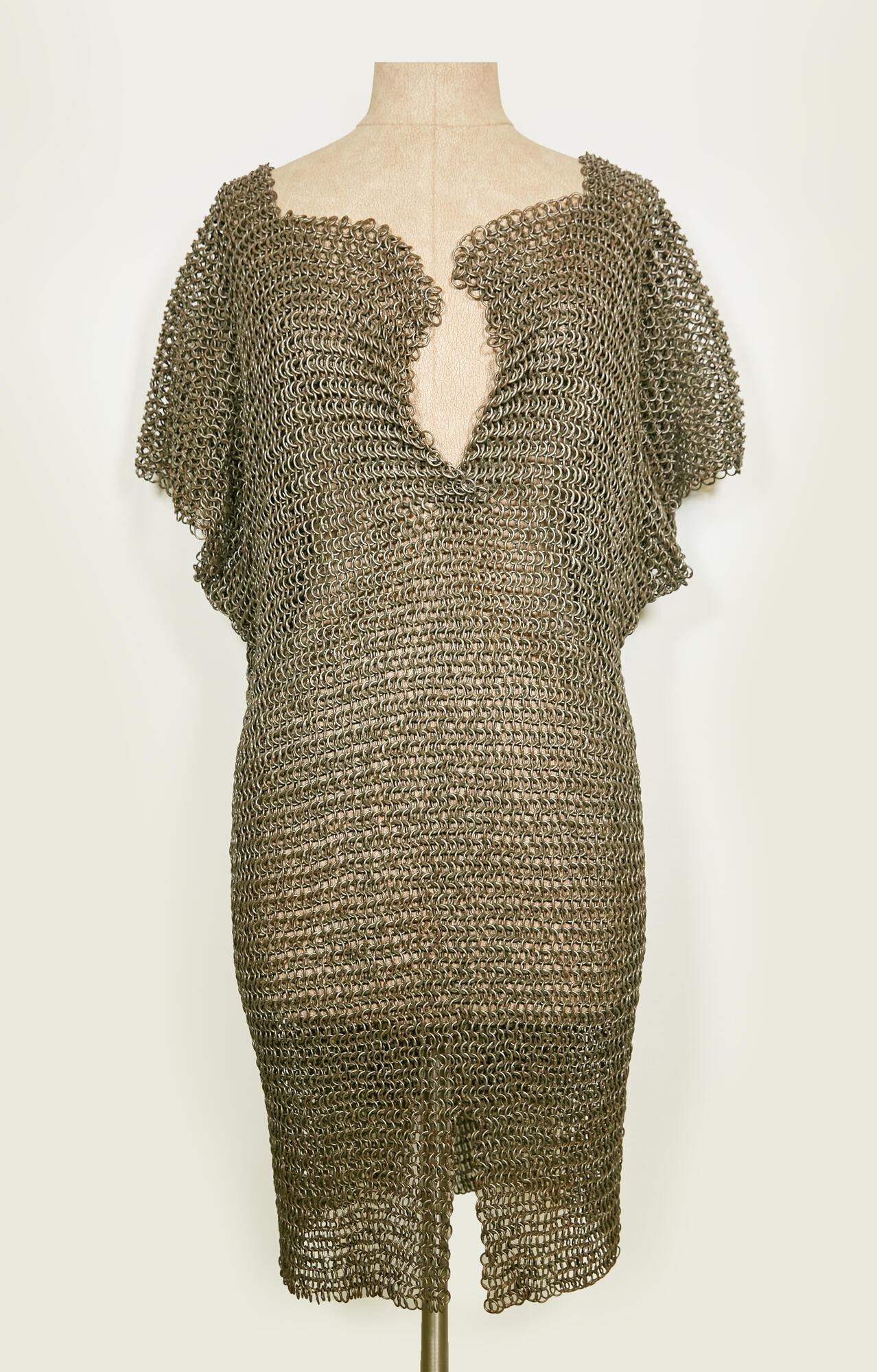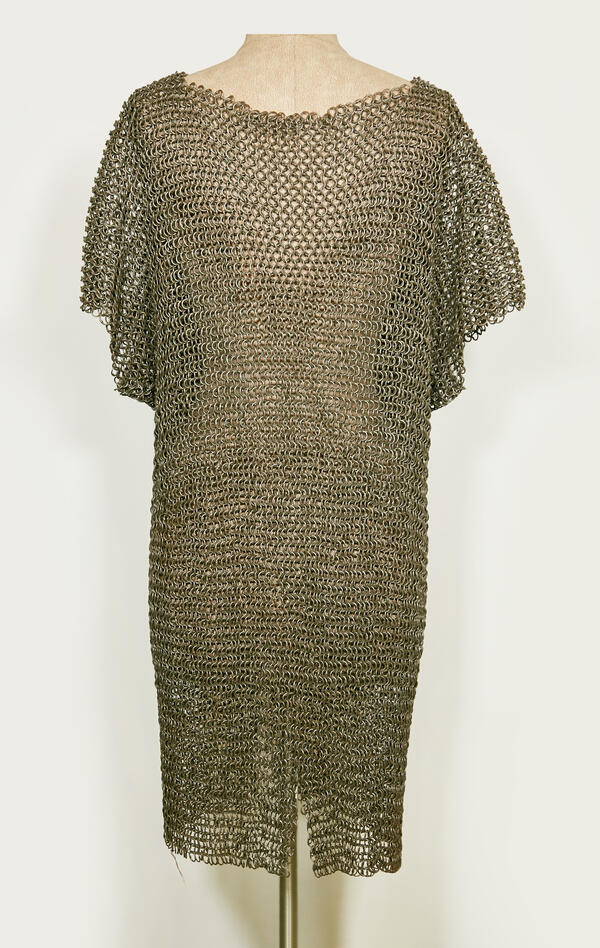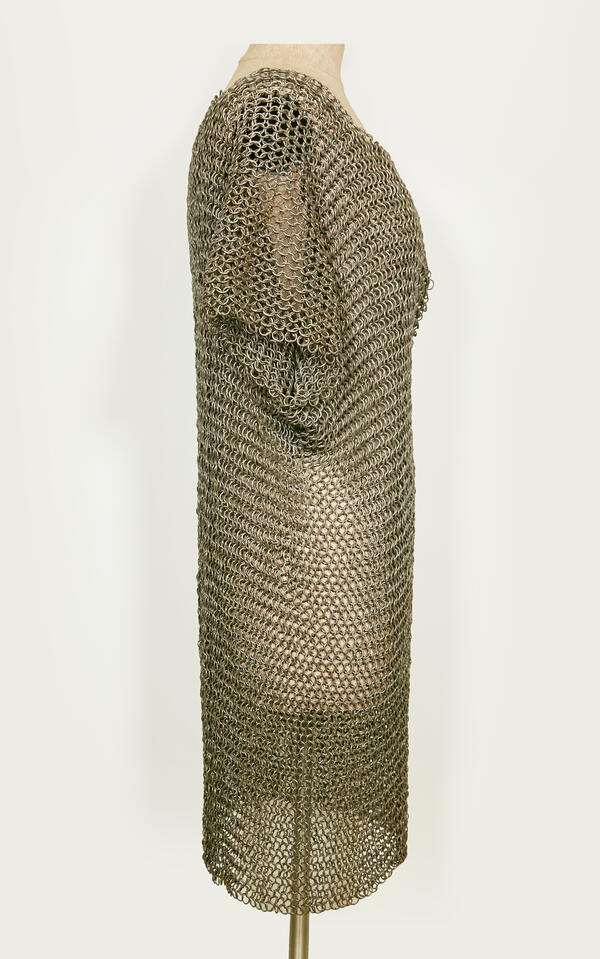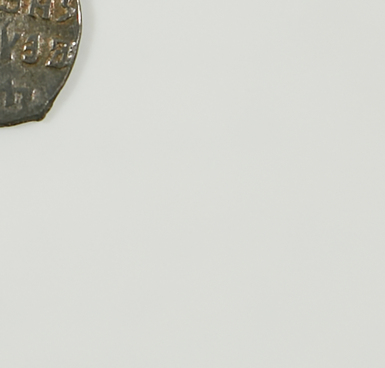Chain mail (or mail shirt, an earlier term for armor) is protective armor made of linked metal rings. Its origin is not eastern, as researchers previously believed, but European. This type of protective gear was first mentioned in written sources in the 1st century BC by the Roman author Marcus Terentius Varro, who called it the “Gallic iron tunic”. In Russia, chain mail was widely used until the end of the 17th century.
Its manufacturing technique was relatively simple: in addition to iron, a device for making wire and a lot of patience were required. An average of 600 meters of iron wire and 20,000 rings were used to make a chainmail. Each ring was connected with four other rings, and in some advanced chainmail weaves — with six or eight. The rings were joined by welding or riveting. The process was laborious: it took several hundred hours to weave chainmail from rings alone, without taking into account the manufacture of wire. Chain mail could vary in length: from mid-thigh to knee-length ones. The “cut” of a mail shirt matched the design of ordinary clothes. Slits were made in the front and back of the hem to facilitate movement. People also used mail to make stockings, or “chausses”, to protect the legs, chainmail mittens to protect the hands, as well as aventails attached to the helmet to cover the face and neck.
At close range, chain mail armor did not save the wearer from an armor-piercing arrow, especially from a crossbow bolt or a strong direct stabbing blow. But it protected from the glancing blows of a saber, a sword and even a spear. Men always wore chainmail on top of thick clothes — a shirt and a quilted caftan. If the chain mail was a bit worn under the armpits or was damaged in battle, it could be repaired with a handful of new rings. In that way, once made, such armor could be worn practically forever.
Chain mail became widespread both in Europe and in Asia due to its simple manufacturing technique. To make a chainmail shirt it required only a few kilograms of iron, a device for drawing wire and patience for the monotonous work of making rings out of wire and composing the chain mail itself (for mail shirts it took several hundreds of man hours, not taking into account the time of producing wires and forging rings individually). Once made, such armor could be worn practically forever: if it was damaged, it could be repaired with a handful of new rings.
The Russian word “kolchuga” was most likely borrowed in the 16th century from the Polish language: the Polish kolczuga comes from the phrase zbroja kolcza (“ringed armor”). This phrase, in turn, is a phraseological calque from the German Kingelpanzer (Kingel — “ring”, Panzer — “shell”). According to another version, the word “kolchuga” comes from the Russian “koltso” — “ring”.




